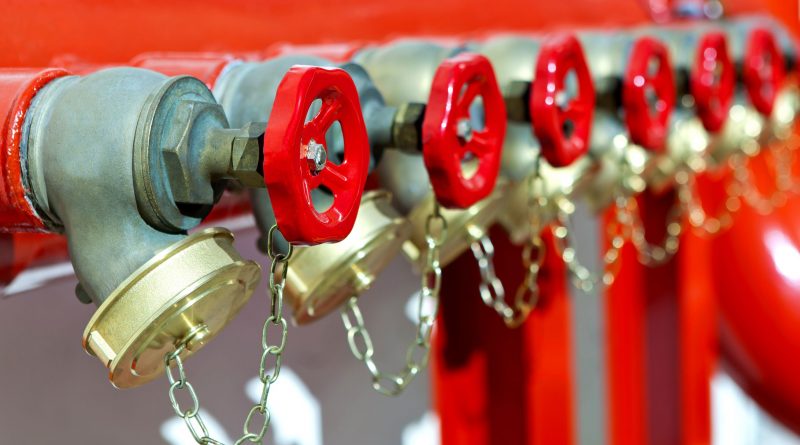How standards can help to improve fire safety
How standards can help to improve fire safety
Fire safety measures are essential to keep buildings and people safe in the event of fire. From fire extinguishers, to fire mains, buildings’ design and other protection procedures, standards give recommendations and guidance on how to properly keep everything up-to-date and prepared for instant readiness.
Fire mains are an important part of the fire protection systems in buildings, due to the difficulties in providing water suppliers at the point of use for fire-fighting search and rescue. BS 9990:2015 provides guidance to assist in maintaining these systems in order to ensure instant readiness.
BS 9990 gives important information to provide adequate fire-fighting water supplies in buildings to support life safety and to support the fire and rescue service. It covers design, installation, testing and
maintenance for wet and dry fire-fighting mains. This new edition provides updated recommendations for flow tests and pressures, rising and falling mains, pumps, maintenance and shut-off pressures.
This standard is important for all those connected to fire safety in buildings, including architects, public and private sector building owners, sprinkler design, installation and maintenance companies, the fire
and rescue service, authorities having jurisdiction and the insurance industry.
BS 9990 is one of a series of which further fire-related standards are also to be released. A revision of BS 9991, the code of practice for fire safety in the design, management and use of residential buildings,
is due to be published in Autumn 2015. It will provide guidance on individual dwelling houses, specific residential buildings and specialized housing. The new edition brings updated and extended
recommendations as well as some new inclusions.
BS 9999, the code of practice for fire safety in the design, management and use of buildings, is also being revised. The new edition will bring the technical recommendations up to date, taking into account
changes in legislation and the publication of new standards, and will also address comments that have been made since its original publication in 2008. This standard is due to be published in 2016.
Being prepared is the best way to respond to a fire event and standards help you achieve this.

